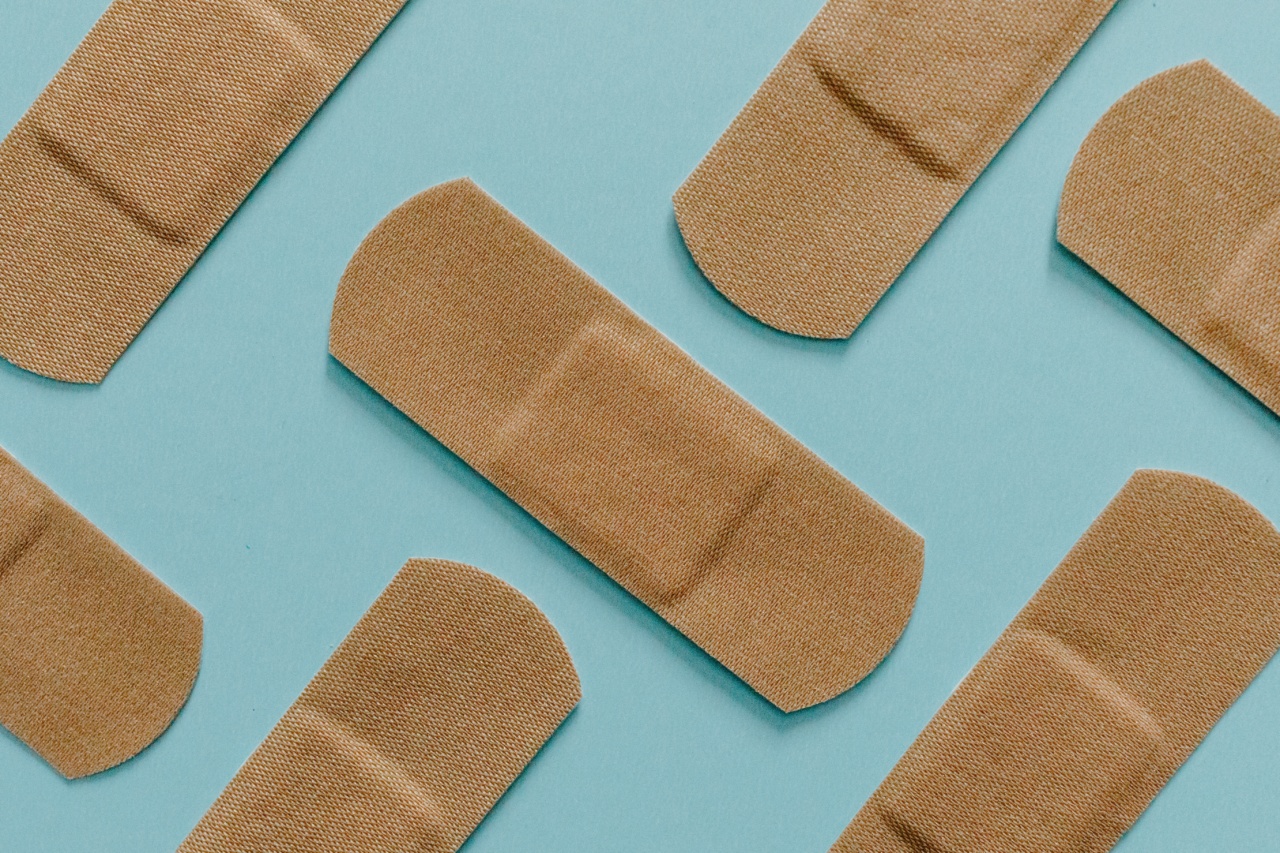Neck pain can be a real hindrance in your daily life. Whether it’s caused by poor posture, stress, or muscle strain, finding relief without medication is essential.
In this article, we will explore various natural methods to alleviate neck pain and promote overall neck health.
Correcting your posture
One of the main culprits behind neck pain is poor posture. When we slouch or hunch forward, it puts a significant amount of strain on our neck muscles. To alleviate neck pain, it’s crucial to correct your posture. Here are a few tips:.
- Hold your phone at eye level when texting or browsing.
- Ensure your computer monitor is at eye level to avoid straining your neck.
- Use a supportive chair with proper back and neck support.
- Engage in exercises that strengthen your core and back muscles.
Regular stretching and exercise
Performing regular neck exercises and stretches can help relieve tension and promote muscle relaxation in the neck area. Here are a few exercises you can try:.
- Neck rotations: Gently rotate your neck clockwise and counterclockwise, making sure not to strain.
- Neck tilts: Tilt your head towards your left shoulder, hold for a few seconds, and repeat on the other side.
- Shoulder rolls: Roll your shoulders in a circular motion to release tension in the neck and upper back.
- Chin tucks: Sit or stand up straight and gently tuck your chin inwards, creating a double chin. Hold for a few seconds and repeat.
Heat and cold therapy
Applying heat or cold to the affected area can provide relief from neck pain. Heat therapy helps relax muscles and improve blood circulation, while cold therapy numbs the area and reduces inflammation.
Here’s how you can use heat and cold therapy for neck pain relief:.
- Hot compress: Apply a hot water bottle, heating pad, or warm towel to your neck for 15-20 minutes.
- Cold compress: Wrap an ice pack or a bag of frozen peas in a towel and place it on your neck for 10-15 minutes.
- Alternate therapy: Some people find relief by alternating between hot and cold therapy. Start with heat for 10 minutes, then switch to cold for 5 minutes, and repeat as needed.
Massage therapy
Massage therapy can work wonders for neck pain. It helps reduce muscle tension, improves blood flow, and promotes relaxation. Here are a few techniques you can try:.
- Self-massage: Use your fingertips or knuckles to gently massage the sore areas in circular motions.
- Trigger point massage: Apply pressure to specific trigger points in your neck to release tension and alleviate pain.
- Professional massage: Consider seeking the help of a licensed massage therapist who specializes in neck and shoulder massages for optimal results.
Acupuncture
Acupuncture is an ancient Chinese healing technique that involves inserting thin needles into specific points of the body. It can help relieve neck pain by stimulating the release of endorphins and improving blood circulation.
If you’re open to alternative therapies, give acupuncture a try under the guidance of a trained practitioner.
Stress management
Unmanaged stress can contribute to neck pain and muscle tension. Finding healthy ways to cope with stress is crucial for neck health. Here are a few strategies:.
- Practice relaxation techniques like deep breathing, meditation, or yoga to reduce stress levels.
- Engage in regular physical activity, such as walking or swimming, to relieve stress and promote overall well-being.
- Set aside time for hobbies and activities you enjoy to distract your mind from stressors.
- Consider talking to a therapist or counselor to develop effective stress management techniques.
Ergonomic adjustments
Make sure your workspace and everyday environment are ergonomically friendly to prevent neck pain. Here are a few adjustments you can make:.
- Ensure your computer monitor is at eye level and directly in front of you.
- Use a desk chair with proper support for your back and neck.
- Position your keyboard and mouse at a height where your elbows are at a 90-degree angle.
- Take regular breaks to stretch and move around, especially if you have a sedentary job.
Sleeping position
Improper sleeping position can worsen or contribute to neck pain. It’s important to maintain a good sleeping posture to alleviate neck discomfort. Here’s what you can do:.
- Choose a supportive pillow that keeps your neck aligned with your spine.
- Avoid sleeping on your stomach as it strains the neck; try sleeping on your back or side instead.
- Place a pillow between your knees if you sleep on your side to maintain proper alignment.
Reducing phone and screen time
Excessive use of phones and prolonged screen time can strain your neck muscles and contribute to neck pain. Here are a few measures to reduce the strain:.
- Take regular breaks from using your phone or staring at screens.
- Practice the 20-20-20 rule: Every 20 minutes, look away from the screen and focus on something 20 feet away for 20 seconds.
- Hold your phone at eye level instead of constantly looking down.
- Consider using voice recognition features to minimize typing and scrolling.
When to seek professional help?
While the above methods can provide relief for mild to moderate neck pain, it’s important to consult a healthcare professional if:.
- The pain persists or worsens over time.
- The pain is accompanied by numbness, weakness, or tingling in the arms or hands.
- You experience difficulty in swallowing or breathing.
- You have sustained a neck injury or trauma.
Remember that every person’s neck pain is unique, and what works for one might not work for another. It’s essential to listen to your body and find the methods that provide you relief.
Patience and consistency are key when dealing with neck pain without medication. By implementing these natural remedies and making changes to your lifestyle, you can effectively manage and prevent neck pain in the long run.






























